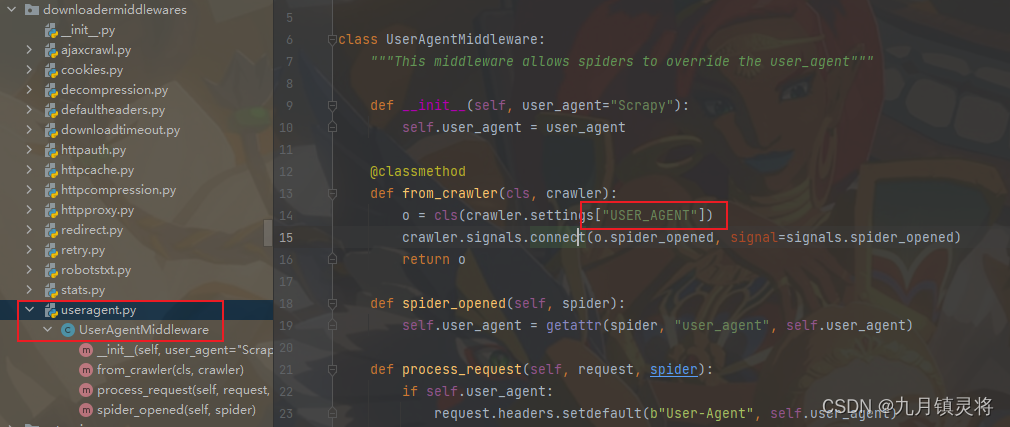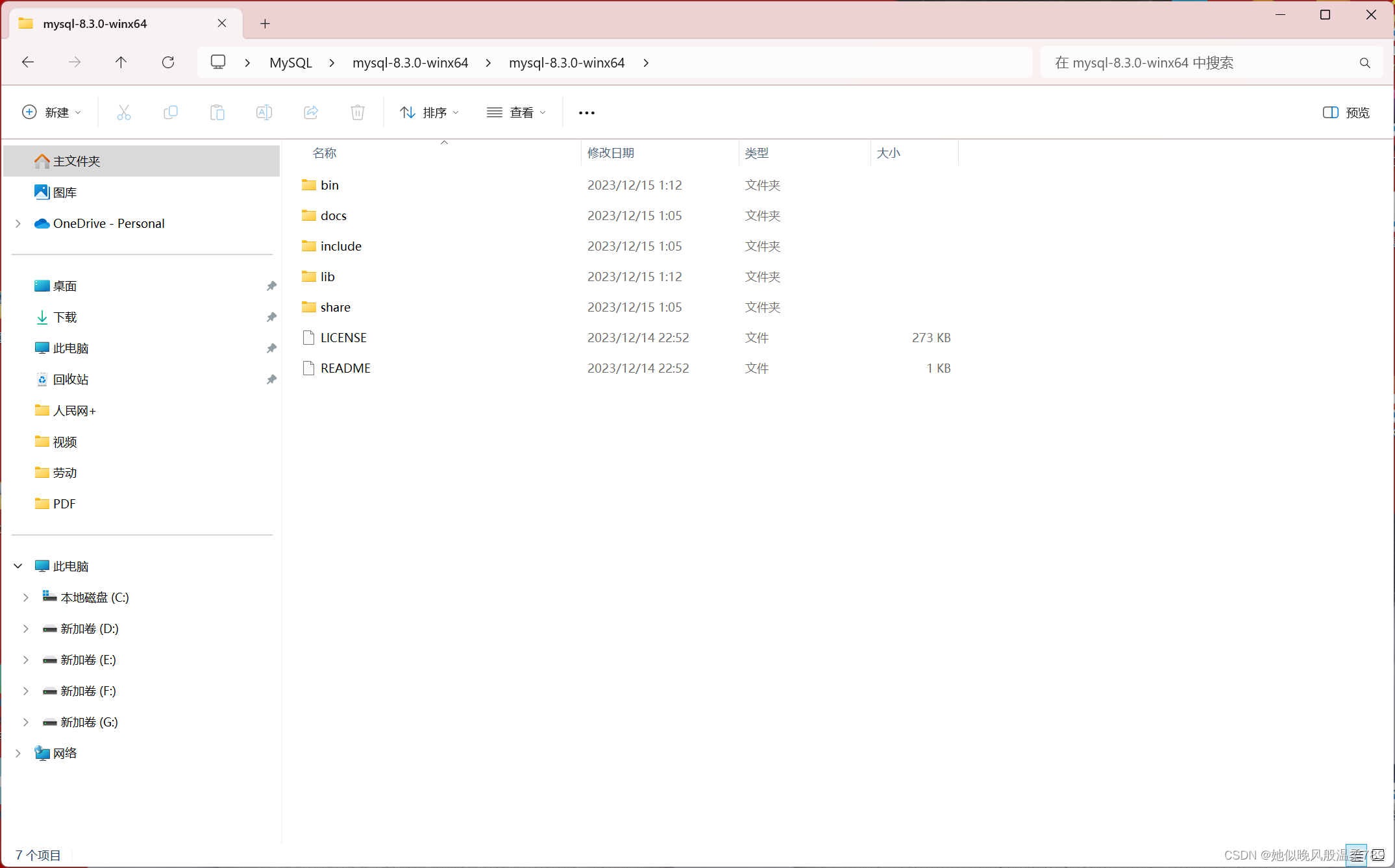本文介绍: 5.update mysql.user set authentication_string=PASSWORD(‘你的新密码‘) where USER=’root‘;7.再次vim /etc/my.cnf 删除添加的skip–grant–tables保存退出。8.mysql -uroot –p‘你设置的新密码‘进入到MySQL中需要再次重新设置密码。//可以和上面的密码重复。4.mysql -uroot –p 没有密码可以直接进入。2.进入#vim /etc/my.cnf。10.接下去就可以使用了。
2.进入#vim /etc/my.cnf
在[mysqld]后面任意一行添加“skip–grant–tables”用来跳过密码验证的过程,保存退出

3.systemctl restart mysql#重启服务 或者 service mysqld restart#重启服务
5.update mysql.user set authentication_string=PASSWORD(‘你的新密码‘) where USER=’root’;
声明:本站所有文章,如无特殊说明或标注,均为本站原创发布。任何个人或组织,在未征得本站同意时,禁止复制、盗用、采集、发布本站内容到任何网站、书籍等各类媒体平台。如若本站内容侵犯了原著者的合法权益,可联系我们进行处理。






